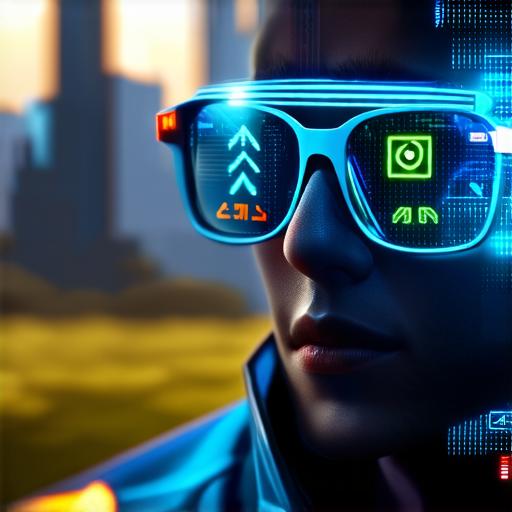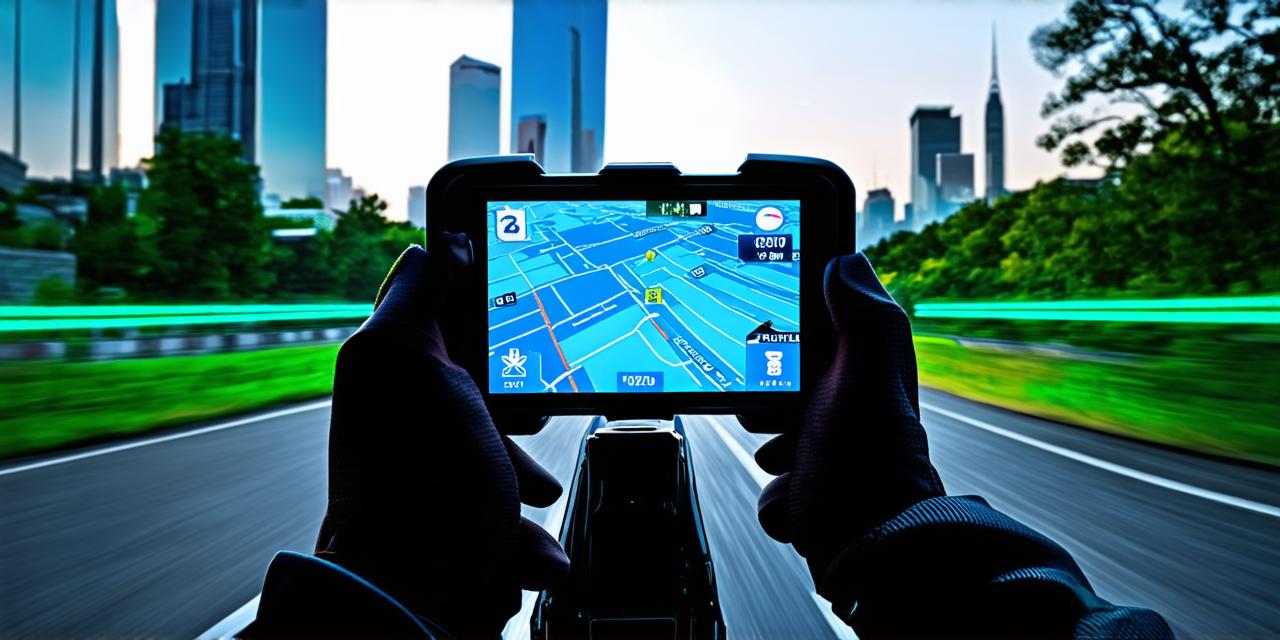Augmented reality (AR) technology has come a long way in recent years, and one of the most exciting applications of this technology is in navigation systems. AR navigation systems use digital information and computer-generated images to enhance the user’s view of the real world, making it easier to navigate and find your way around.
What is an Augmented Reality Navigation System?
An augmented reality navigation system is a type of navigation system that uses digital information and computer-generated images to enhance the user’s view of the real world. AR navigation systems can provide turn-by-turn directions, real-time traffic updates, and other useful information, all displayed on top of the user’s view of the physical environment.
AR navigation systems typically use a combination of GPS data, computer vision algorithms, and other sensors to determine the user’s location and orientation in the real world. They can then overlay digital information onto the user’s view of the environment, providing a more immersive and interactive navigation experience.
How Augmented Reality Navigation Systems Work
AR navigation systems work by using a combination of sensors and computer algorithms to determine the user’s location and orientation in the real world. Here are some of the key components that make up an AR navigation system:
- GPS Data: The first step in any AR navigation system is to determine the user’s current location. This is typically done using GPS (Global Positioning System) data, which can provide accurate and precise location information.
- Computer Vision Algorithms: Once the user’s location has been determined, AR navigation systems use computer vision algorithms to analyze the user’s view of the physical environment. These algorithms can detect key landmarks, such as buildings and roads, and use this information to determine the user’s orientation in the real world.
- Sensors: In addition to GPS data and computer vision algorithms, AR navigation systems often use a variety of sensors to gather additional information about the user’s environment. For example, some systems may use accelerometers and gyroscopes to detect changes in the user’s movement and orientation, while others may use LiDAR (Light Detection and Ranging) technology to create 3D maps of the surrounding area.
- Digital Information Overlay: Once the AR navigation system has determined the user’s location and orientation, it can overlay digital information onto the user’s view of the physical environment. This information may include turn-by-turn directions, real-time traffic updates, and other useful data, all displayed in a way that is easy for the user to understand and interact with.
Examples of Augmented Reality Navigation Systems
There are many different types of AR navigation systems available today, each with its own unique features and capabilities. Here are some examples of AR navigation systems in action:

- Google Maps Live View is a popular AR navigation system that uses computer vision algorithms to provide turn-by-turn directions and real-time traffic updates. The system overlays digital information onto the user’s view of the physical environment, providing a more immersive and interactive navigation experience.
- Snapchat Lens Kit is an AR development platform that allows developers to create custom AR lenses for Snapchat. These lenses can be used for a variety of purposes, including navigation, by overlaying digital information onto the user’s view of the physical environment.
- Pokémon Go is a popular augmented reality game that uses GPS data and computer vision algorithms to create an immersive gaming experience. The game overlays digital information onto the user’s view of the physical environment, allowing users to interact with virtual creatures in real-world settings.
- Pokémon Go is a popular augmented reality game that uses GPS data and computer vision algorithms to create an immersive gaming experience. The game overlays digital information onto the user’s view of the physical environment, allowing users to interact with virtual creatures in real-world settings.
